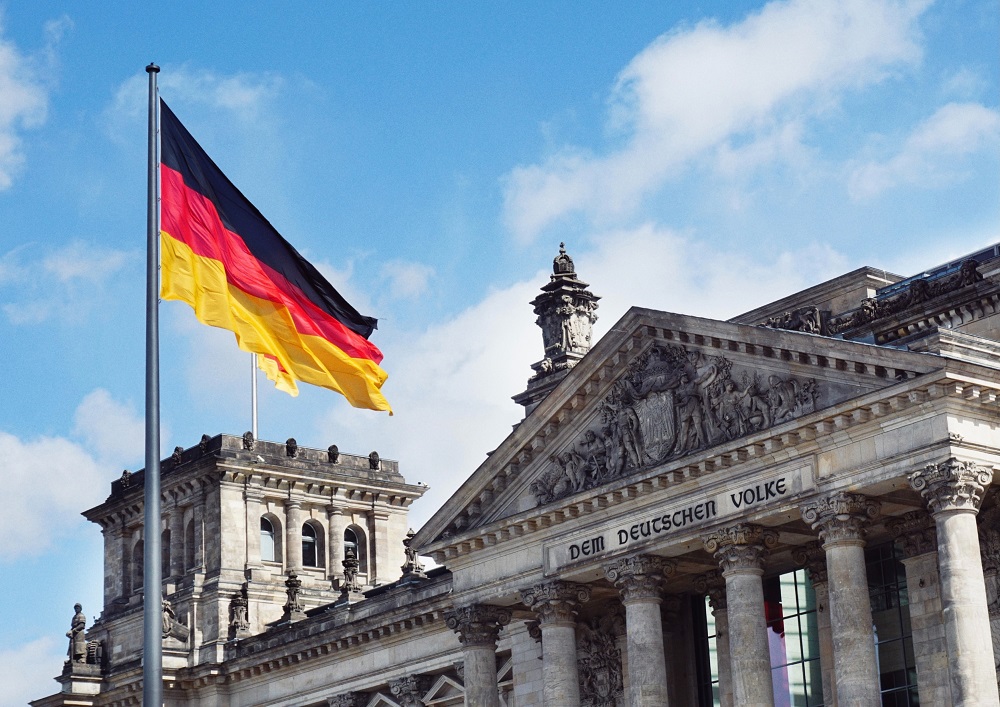Due to favorable weather, renewables made up 46.9% of German power consumption in 2022. This is an increase of 4.9 percentage points from the previous year, according to an industry group’s announcement this month.
According to a joint statement from utility industry organization BDEW and the Centre for Solar Energy and Hydrogen Research (ZSW), the trend was caused by both increasing solar intensity and wind speeds.
According to them, they computed the preliminary data in accordance with EU regulations that base the market share of individual electricity sources on consumption rather than production, a foundation also used by Berlin for the establishment of its climate target goals.
Renewables are from wind and solar plants
In Germany, renewable energy accounted for 42.0% of total energy consumption in 2021.
In 2022, the total amount of electricity consumed in Germany decreased by 3.1% annually to 546.5 trillion kilowatt-hours (kWh).
Meanwhile, the report showed that domestic power production decreased by 1.9% to 574.0 billion kWh.
Solar, hydro, biomass, waste, and geothermal energy are also included in the category of renewable generating, which together with wind energy contributed 256.2 billion kWh, or 44.6%, to the total production.
From a proportion of 40.5% of the total, renewable production climbed by 8.1% in volume from a year earlier.
Onshore wind accounted for 99.0 billion kWh, an increase of 9.3%; photovoltaics, 62.3 billion, an increase of 21.2%; biomass, 46.8 billion, an increase of 2.9%; and offshore wind, 25.0 billion, an increase of 2.6%.
The remaining portion of the total traditional power production was from using nuclear fuel, coal, and natural gas.
Decline of consumption
Due to a considerable decline in consumption (due to mild weather and cost-cutting efforts after the war in Ukraine) and a 1% increase in the consumption of renewables for heating, the share of renewables in the heating sector climbed dramatically in 2022 (over 200 TWh). Geothermal use increased by 13%, solar thermal heat generation by 11%, and the use of wood as a natural gas alternative all increased in Germany.
The consumption of biofuels in the transportation sector remained steady, with sales of bioethanol increasing and biodiesel sales slightly declining. In 2022, the use of renewable electricity in transportation increased by 15%.
According to the Environment Agency UBA December report, Germany still has a long way to go before it can produce 80% of its electricity from renewable sources by the year 2030.
FYI: Which nation in the EU has the most renewable energy?
In 2020, Sweden (60.1% of total energy consumption) had by far the highest proportion of renewables, followed by Finland (43.8%) and Latvia (42.1%). Malta (10.7%), Luxembourg (11.7%), and Belgium (13.0%) had the lowest percentages of renewable energy in their energy consumption, in contrast.

